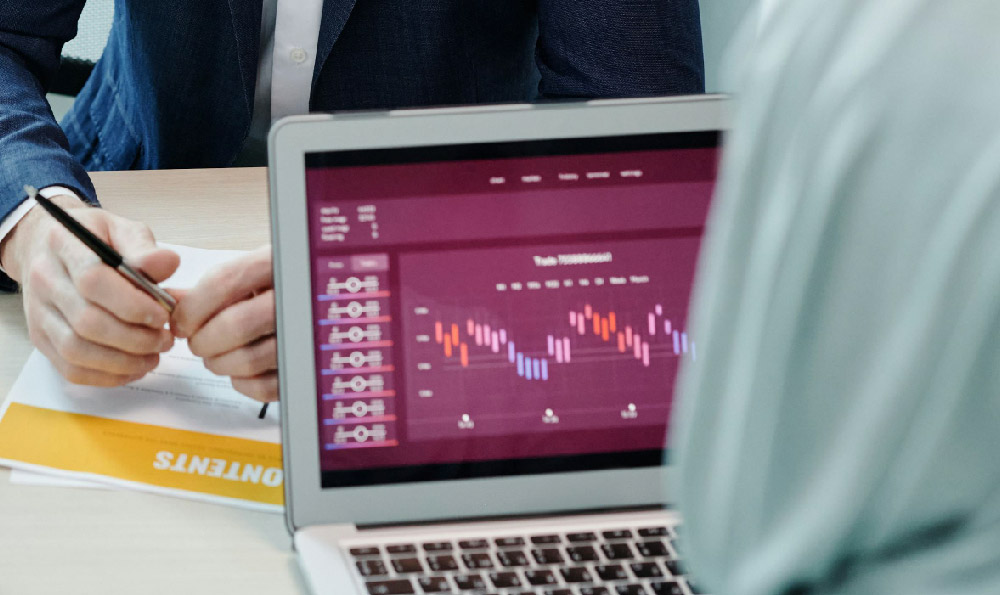How Much Can You Earn Mining Bitcoin? What's the Profit Potential?
The question of how much one can earn mining Bitcoin is complex and heavily dependent on a multitude of factors. It's not a simple calculation, but rather a dynamic assessment requiring constant monitoring and adaptation. Understanding the potential profit potential requires a deep dive into the economics of Bitcoin mining, hardware considerations, and network conditions.
First and foremost, the profitability of Bitcoin mining hinges on the block reward. When a miner successfully solves a complex cryptographic puzzle and adds a new block to the blockchain, they are rewarded with newly minted Bitcoin. Currently, the block reward is 6.25 BTC per block. This reward is halved approximately every four years, a process known as the “halving.” This mechanism is built into Bitcoin's code to control its supply and simulate scarcity, much like precious metals. Historically, each halving event has significantly impacted miner profitability and often leads to older, less efficient mining hardware being decommissioned. The next halving, expected around 2024, will reduce the block reward to 3.125 BTC, further emphasizing efficiency and lower operating costs.
However, simply multiplying the current BTC price by the block reward doesn't give you the net profit. You must subtract the cost of electricity. Bitcoin mining is an energy-intensive process. The specialized hardware, known as ASICs (Application-Specific Integrated Circuits), consumes substantial amounts of electricity to perform the necessary computations. The cost of electricity varies dramatically depending on location. Regions with cheap electricity, such as those with access to renewable energy sources or government subsidies, offer a significant advantage to miners. A miner in a location with high electricity costs will struggle to compete with someone in a location with significantly cheaper power. A critical metric to consider is the electricity rate per kilowatt-hour (kWh). Calculating the total electricity consumption of your mining equipment and multiplying it by the electricity rate provides a direct estimate of your operating costs.

Beyond electricity, other costs associated with Bitcoin mining include the initial investment in mining hardware, the cost of cooling systems, internet connectivity, and potential maintenance or repair expenses. ASIC miners are specialized devices and can be quite expensive, ranging from a few thousand to tens of thousands of dollars, depending on their hash rate and efficiency. Furthermore, these machines generate significant heat, necessitating efficient cooling systems to prevent overheating and maintain optimal performance. Failing to adequately cool the equipment can lead to premature failure and lost mining opportunities. Reliable internet connectivity is also crucial, as miners need to constantly communicate with the Bitcoin network to receive block templates and submit their solutions. Finally, accounting for potential maintenance costs, such as repairs or replacement of damaged components, is essential for a realistic assessment of profitability.
The Bitcoin network's difficulty also plays a crucial role. The difficulty is a measure of how hard it is to find a hash below a given target. The higher the difficulty, the more computational power is required to mine a block. The difficulty adjusts automatically approximately every two weeks to maintain a consistent block creation rate of roughly 10 minutes. As more miners join the network, the difficulty increases, making it harder for individual miners to find blocks. Conversely, if miners leave the network, the difficulty decreases. Therefore, the number of miners actively participating in the network directly affects the probability of an individual miner successfully solving a block. A high network difficulty means that even with powerful hardware, the chances of finding a block are lower, potentially diminishing profitability.
Another key element is the hash rate of your mining hardware. Hash rate, measured in terahashes per second (TH/s), indicates the computational power of your mining equipment. A higher hash rate means that your miner can perform more calculations per second, increasing the probability of finding a valid block. Newer generation ASICs offer significantly higher hash rates and greater energy efficiency compared to older models. Upgrading to more efficient hardware can significantly improve your chances of profitability, especially in a competitive mining environment. However, the capital expenditure associated with acquiring new hardware must be carefully weighed against the potential increase in earnings.
It's also crucial to consider joining a mining pool. Mining pools are cooperative groups of miners who combine their computational resources to increase their chances of finding blocks. When a pool successfully mines a block, the reward is distributed among the participants based on their contributed hash rate. Joining a pool offers a more consistent stream of revenue compared to solo mining, where the chances of finding a block on your own are relatively low, especially for smaller miners. However, mining pools typically charge a small fee for their services, which should be factored into your profitability calculations.
Volatility of Bitcoin's price is a significant factor that can dramatically impact profitability. The value of Bitcoin can fluctuate significantly in short periods, influenced by market sentiment, regulatory announcements, and macroeconomic factors. A sudden drop in Bitcoin's price can render mining operations unprofitable, especially for those with high operating costs. Conversely, a surge in Bitcoin's price can significantly boost earnings. Therefore, risk management strategies, such as hedging your Bitcoin holdings or diversifying your investment portfolio, are crucial for mitigating the impact of price volatility.
Finally, regulations related to cryptocurrency mining vary considerably across different jurisdictions. Some countries have favorable regulations and offer incentives for miners, while others have strict regulations or even outright bans. Understanding the legal and regulatory environment in your location is essential for ensuring compliance and avoiding potential legal issues. It's prudent to consult with legal and financial professionals to navigate the regulatory landscape and ensure that your mining operations are compliant with all applicable laws and regulations.
In conclusion, determining the exact earnings potential of Bitcoin mining is a complex undertaking involving numerous variables. By carefully considering the block reward, electricity costs, hardware efficiency, network difficulty, Bitcoin price volatility, and regulatory environment, you can make a more informed assessment of the profitability of your mining operations. Continuous monitoring of these factors and adaptation to changing market conditions are essential for maximizing your earnings potential and managing risk effectively.















